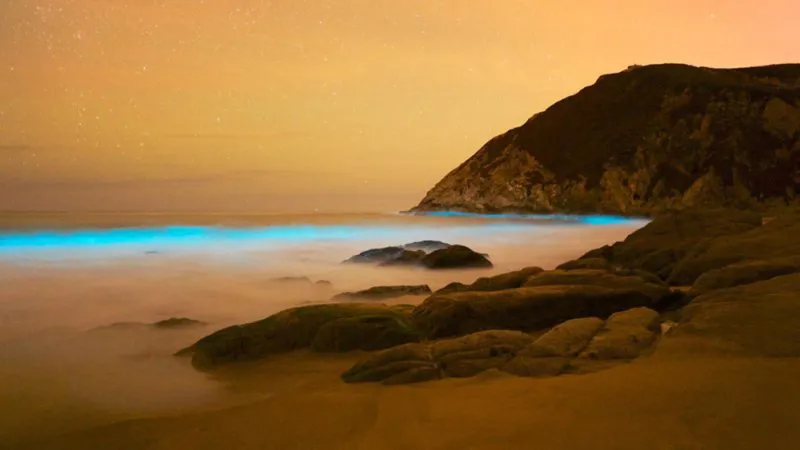Glittering Waves

Lingulodinium polyedrum—known for causing red tides and lighting up the Southern California coast—has its own circadian rhythm, producing more reactions at night than during the day. The chemicals and proteins within L. polyedrum are destroyed on a daily basis and regenerated for their nighttime light show—like the one seen here in a long-exposure photograph.

